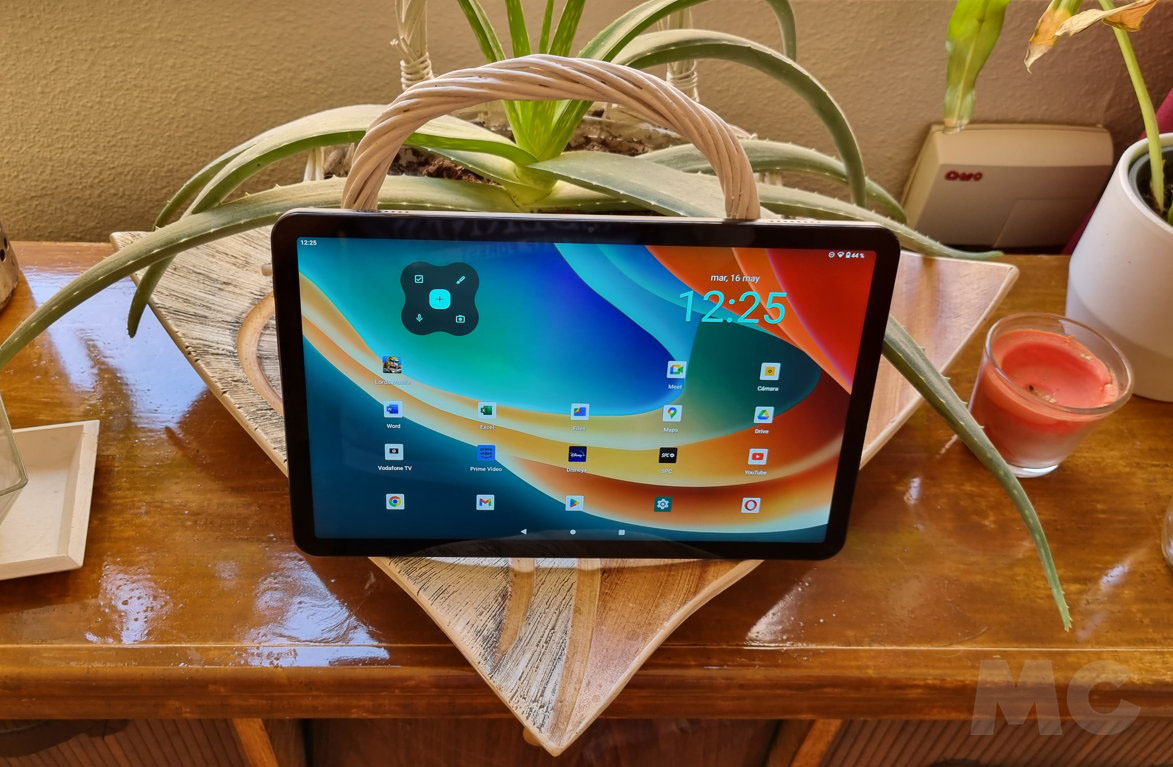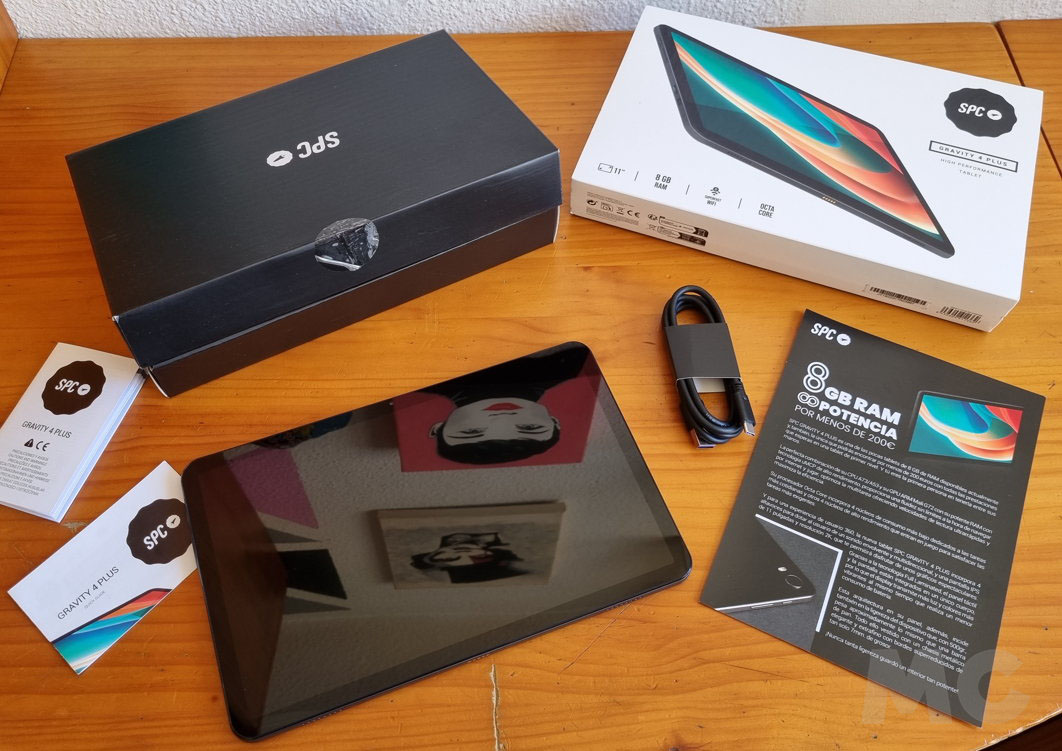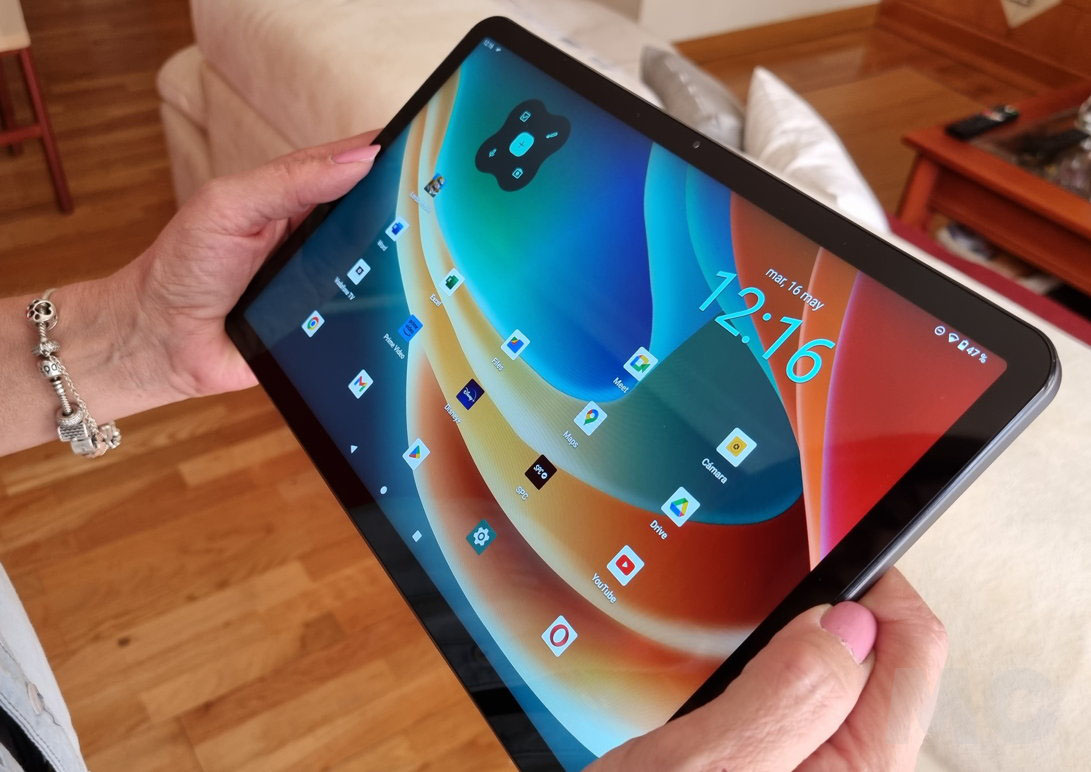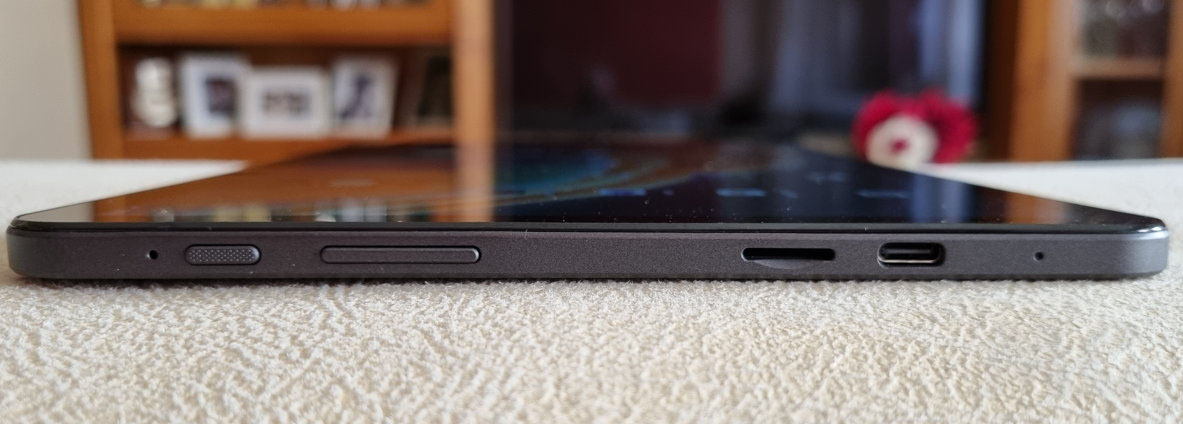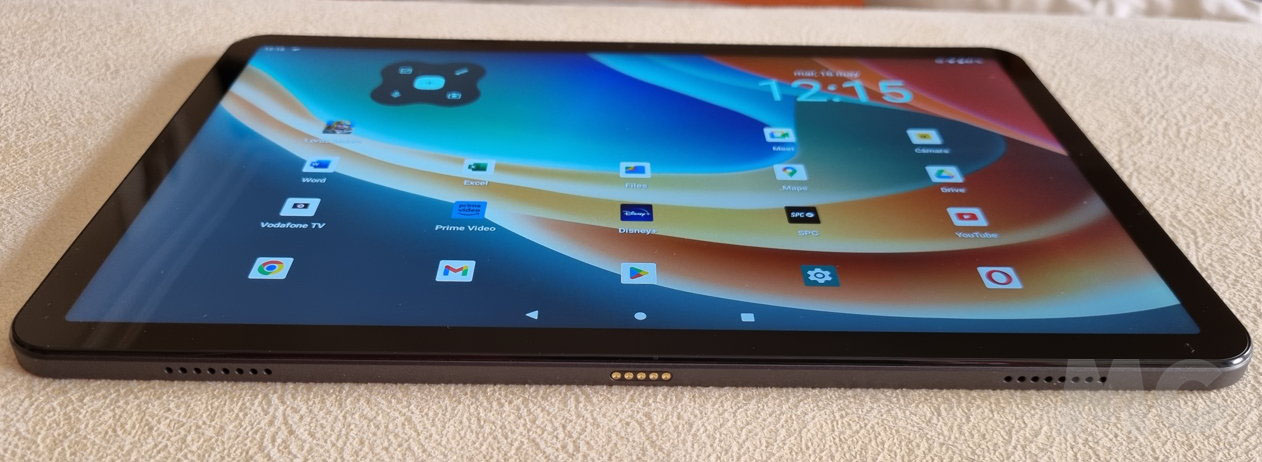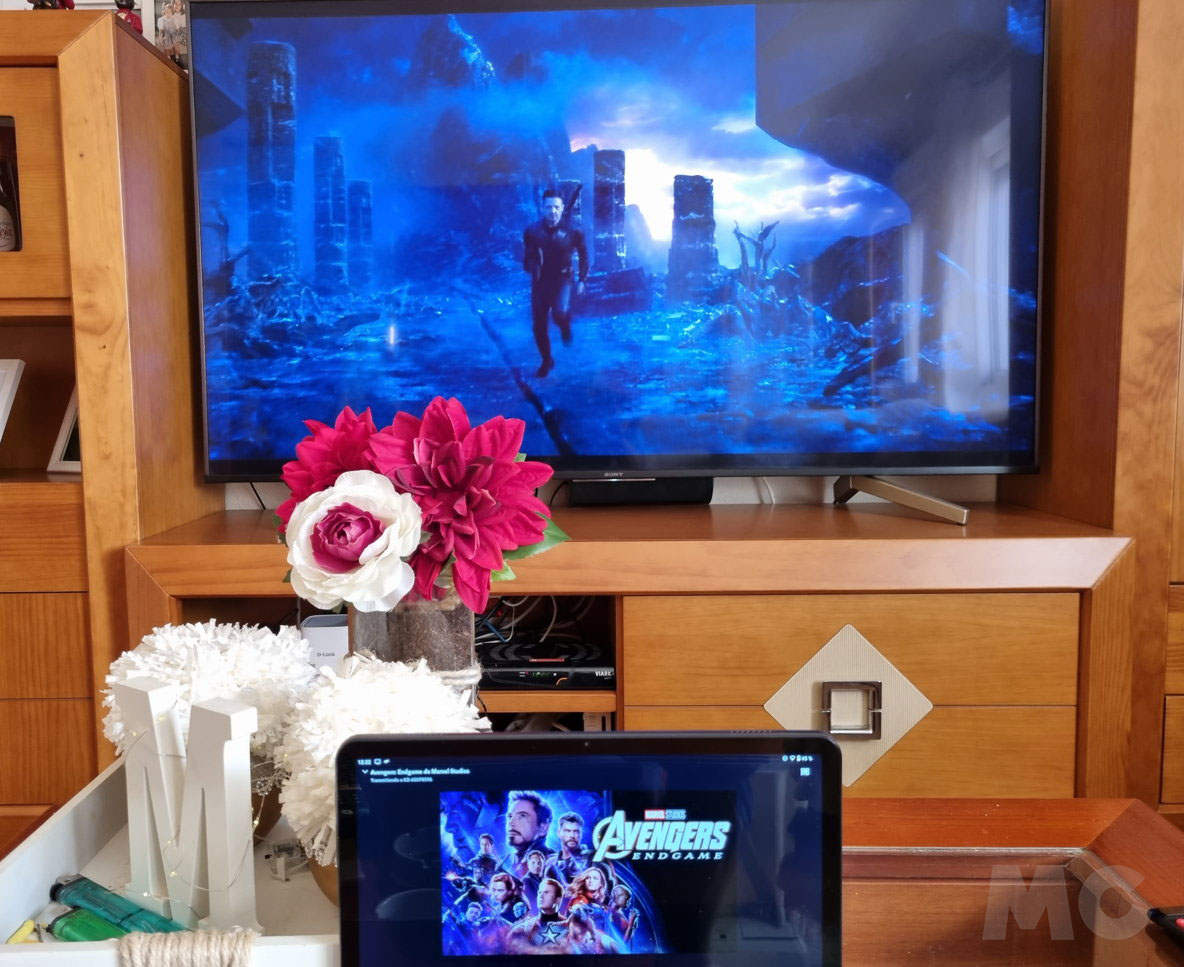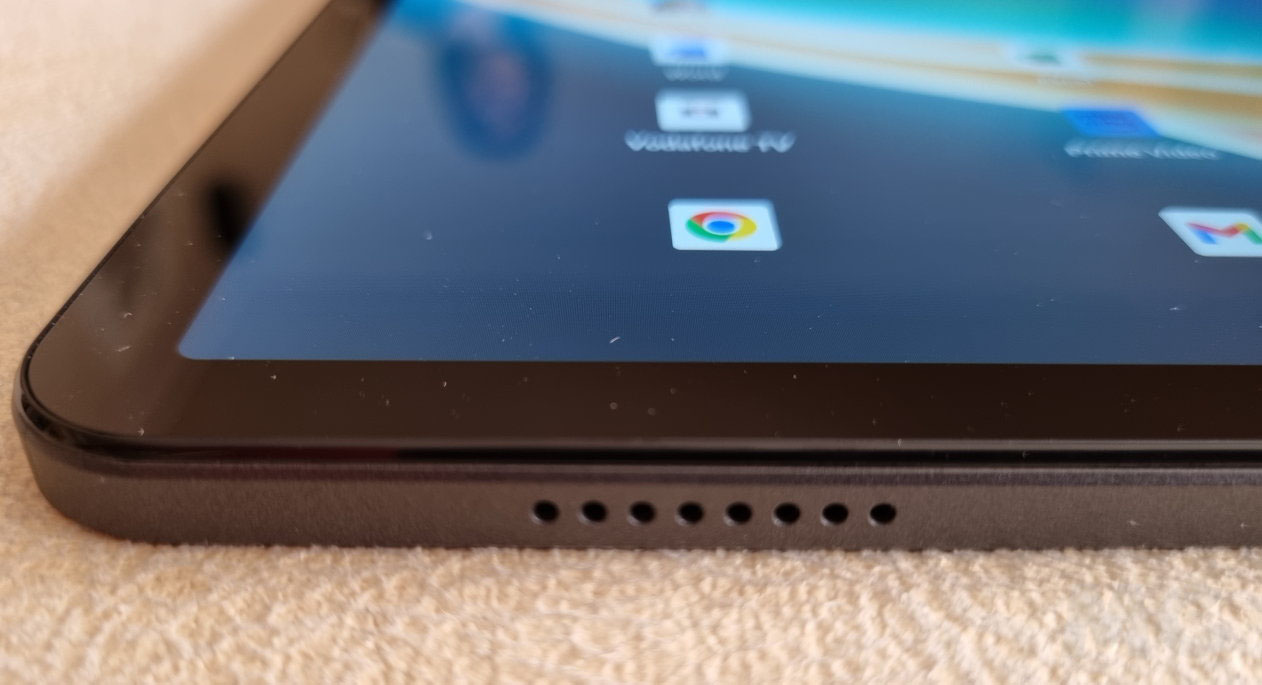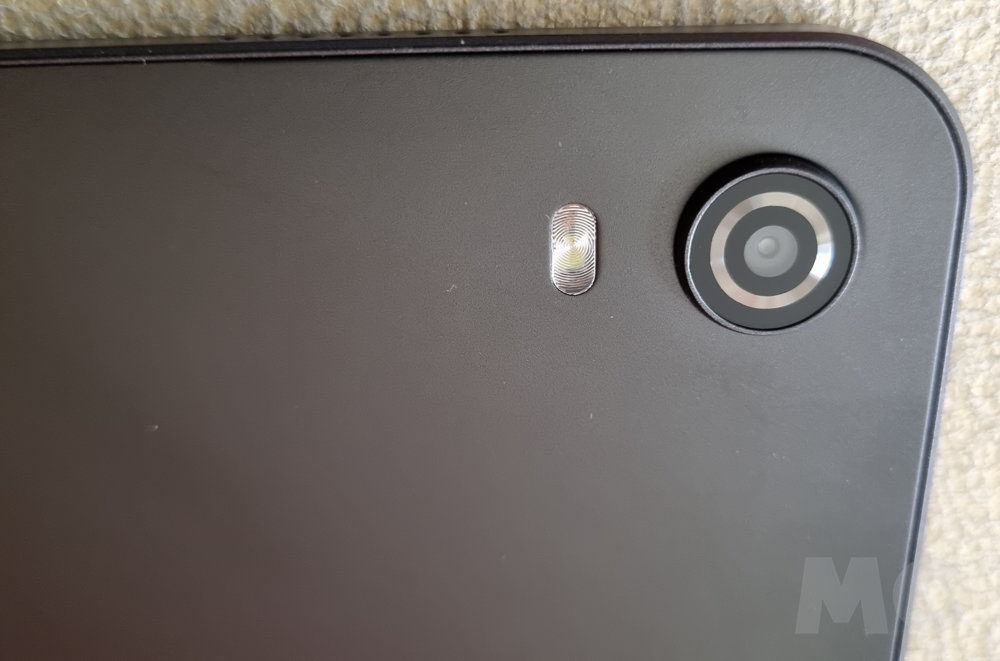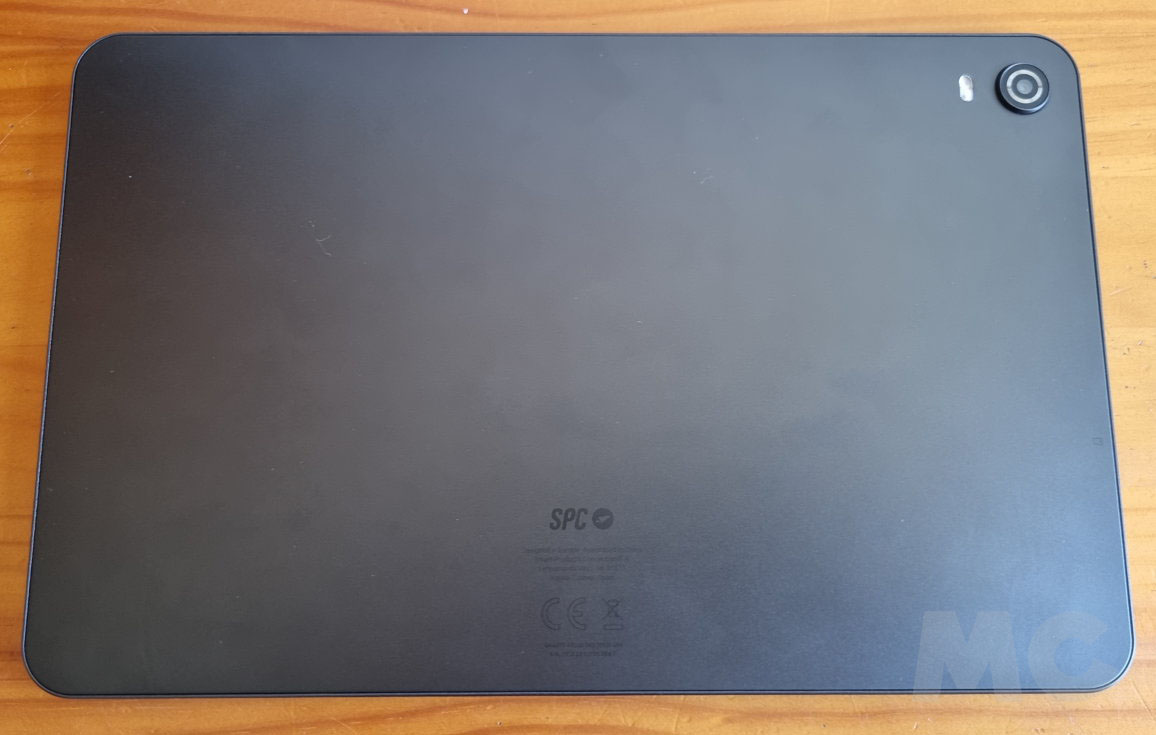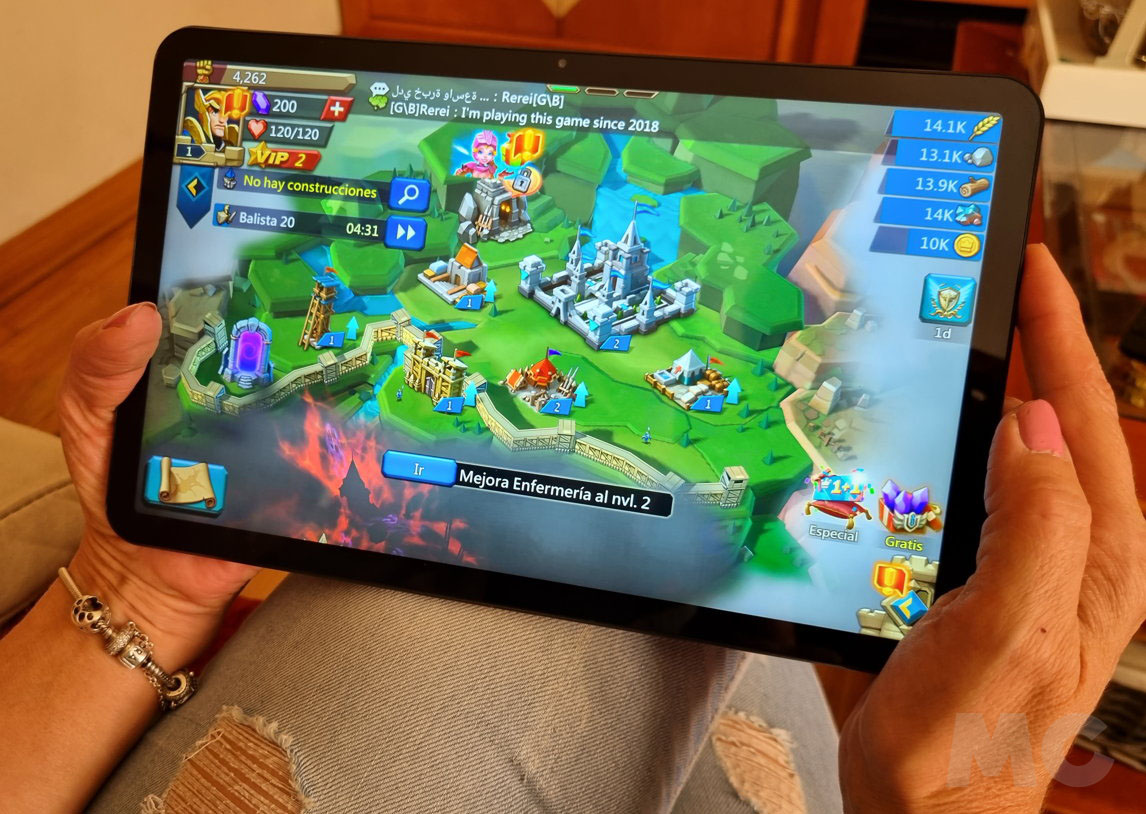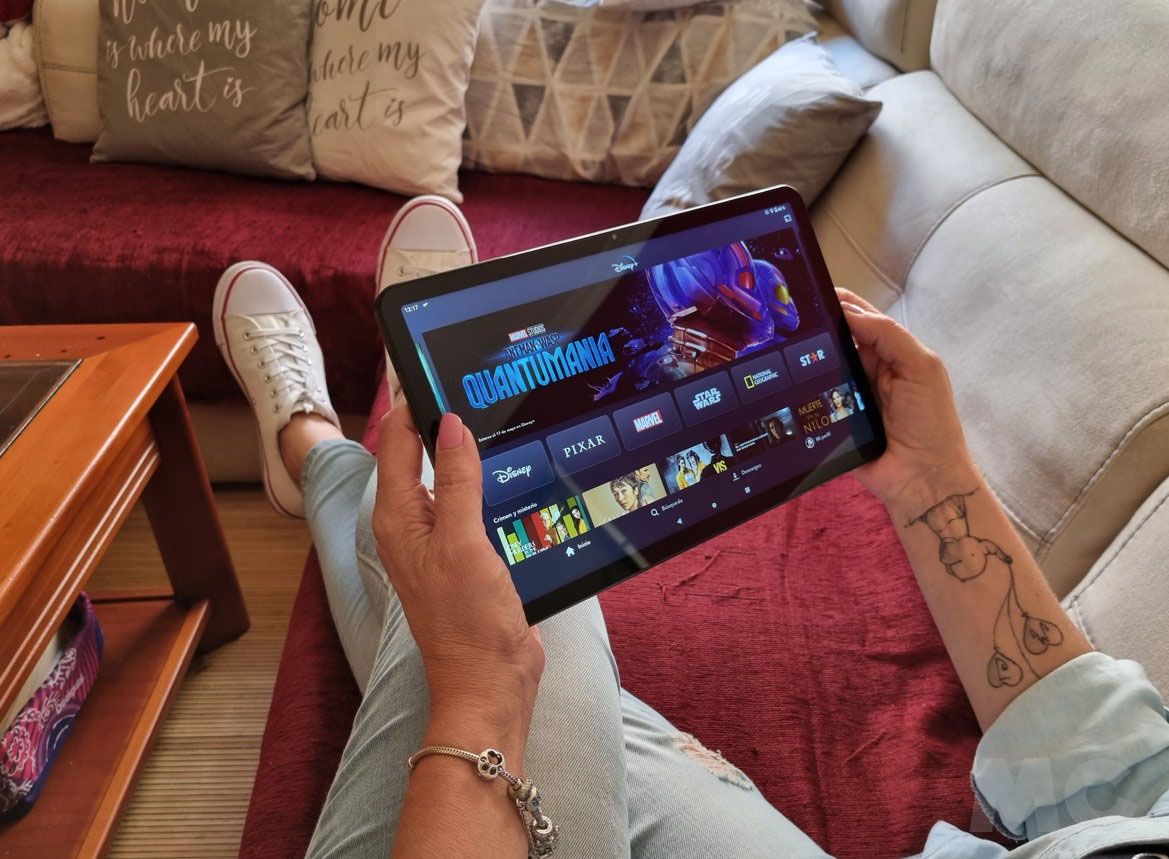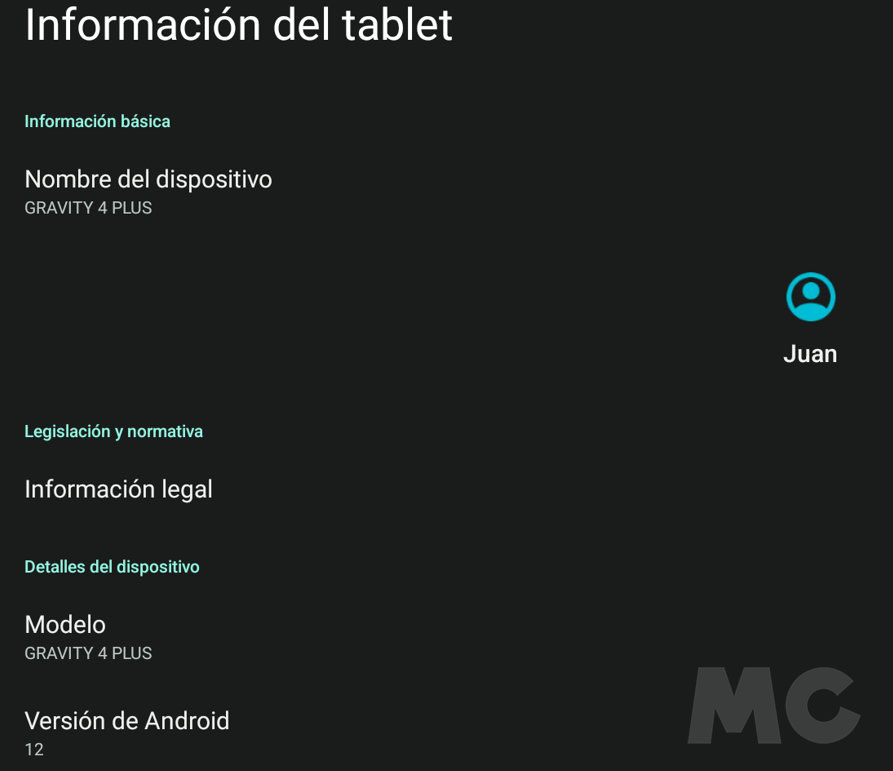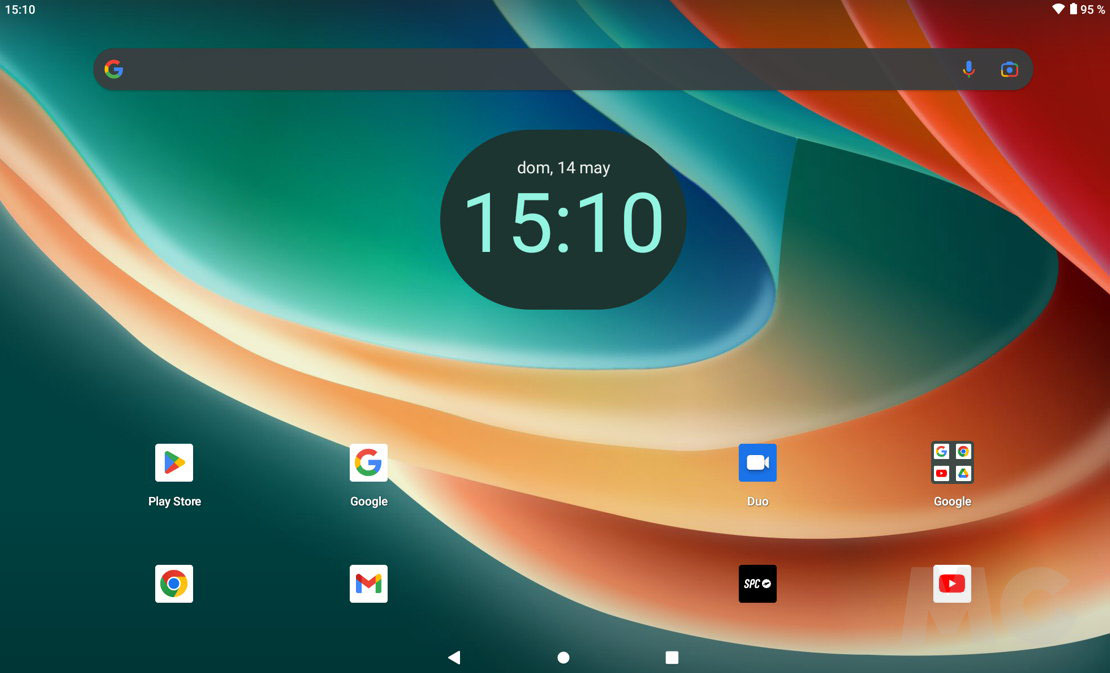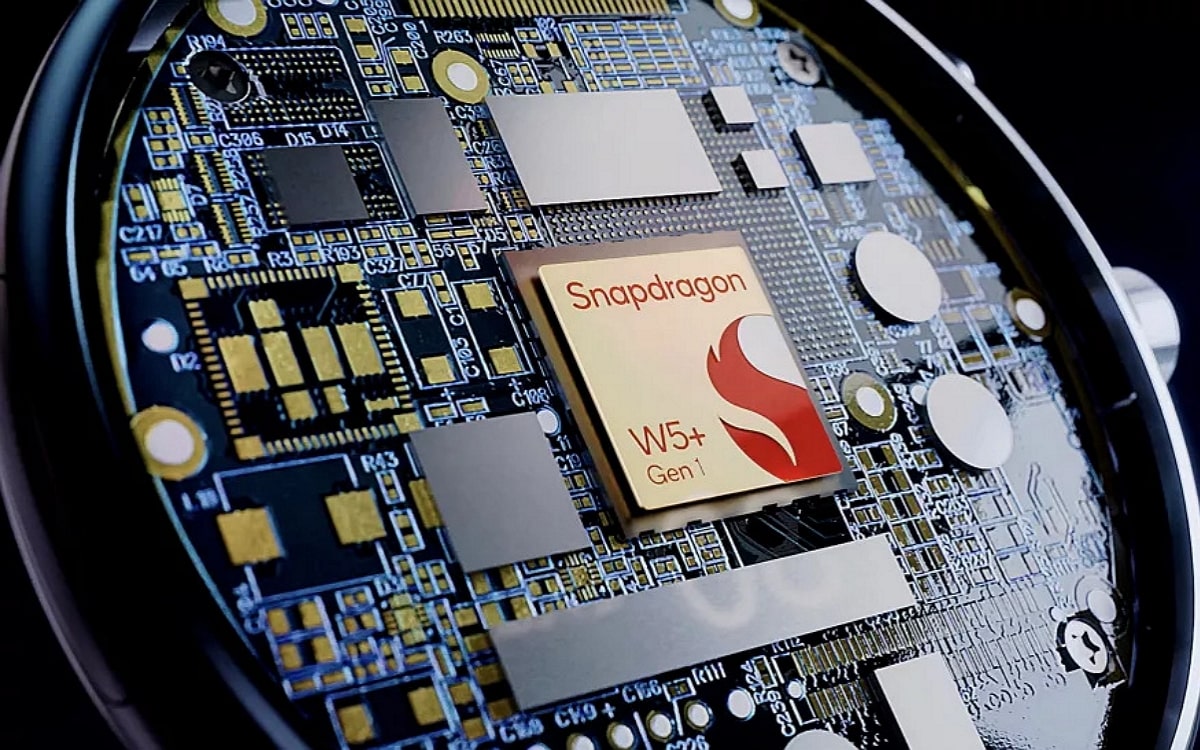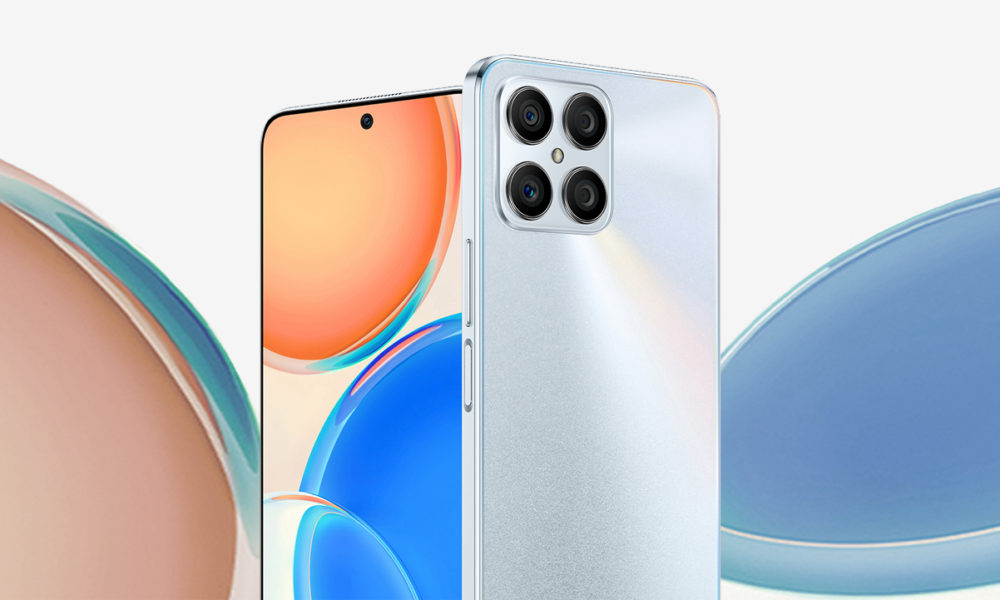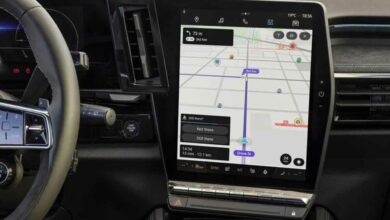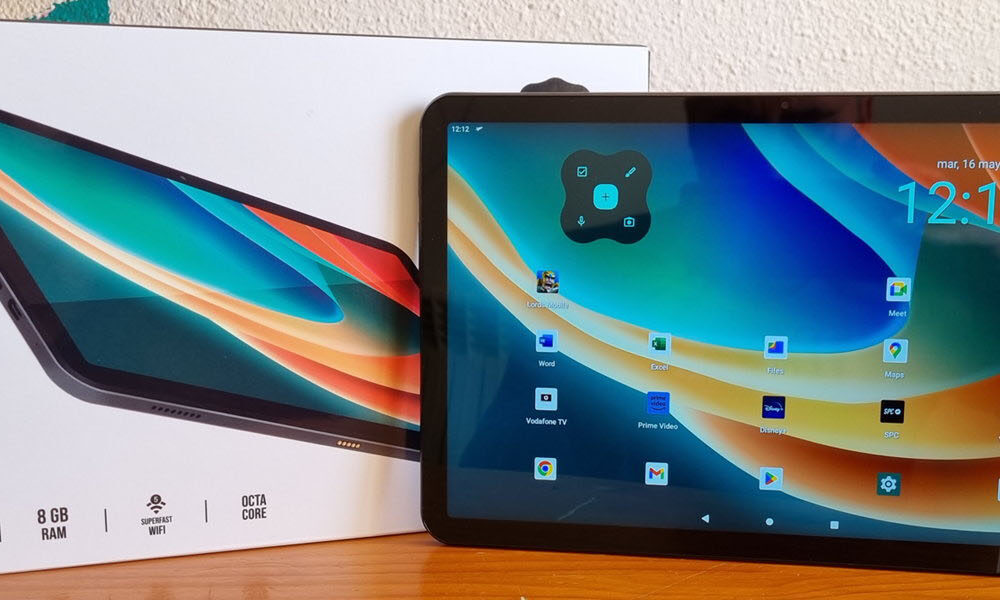
SPC, the Spanish firm specializing in consumer electronics, has announced the launch of the GRAVITY 4 Plus, a new tablet that has interesting features for the mid-range and that reaches the market very attractively priced for what it offers. A hallmark of this manufacturer whose bet is to offer ‘more for less’.
You already know how the segment of the electronic tablet goes. After five consecutive years of declining sales came COVID, lockdowns and the need for new infrastructure. Sales recovered strongly in the 2020-2021 binomial and although this year they have already fallen again (like almost any technological product) they are still an interesting product range for any consumer.
Of course, the tablets continue to face other very powerful devices such as versatile mobile phones with screen sizes of up to 7 inches that have cannibalized the line of small format tablets, while in the high range they have to face the 2 in 1 and convertibles that, like good hybrids, are the ones that offer the greatest flexibility of use.
In this context, the mid-range is -in our opinion- the most interesting on the market and that is where the GRAVITY 4 Plus is positioned, whose availability has been announced today. The manufacturer kindly provided us with a unit for review and we were able to test it before launch. Worth? We tell you our impressions.
SPC GRAVITY 4 Plus, features
The label ‘Plus’ already tells us that SPC wanted to raise the level of its tablets And we see it in an elegant and slim chassis, topped by a metal frame that exudes a pleasant feeling of a premium product. Its 11-inch screen is somewhat larger than what we can consider ‘medium format’, which together with the narrow bezels and its high resolution improves display capacity without compromising mobility too much.
As the main hardware engine, SPC opts for a MediaTek chipset, suitable for its market range and powered by a good helping of RAM and storage. The connectivity section offers the essentials, with Wi-Fi and Bluetooth, the double rear and front camera and as an additional detail (to be assessed because other manufacturers no longer include it) support for microSD cards. The sound system has been boosted and the battery has a generous capacity. We will see all of this in detail below, but they are good wickers to start with.
You will see it more clearly in the following table, summary of its specifications:
SPC GRAVITY 4 Plus |
|
| Screen | 10.95-inch diagonal multi-touch IPS |
| Resolution | 1200 x 2000 pixels – 16:10 |
| chipsets | ARM Mediatek MT8183 |
| CPU | 8 cores (4 Cortex A-73 up to 2 GHz and 4 Cortex A-53) |
| GPUs | ARM Mali G72 MP3 |
| Memory | 8GB |
| Storage | 128 GB (expandable with microSD up to 512 GB) |
| cameras | Rear 5 MP – Flash Front 2 MP – 1080p video |
| connectivity | wifi 5 Bluetooth 5.0 USB-C with OTG function microSD memory cards |
| sensors | Gyroscope, Accelerometer, Light |
| Dimensions | 164 x 260 x 7mm – 503g weight |
| Battery | 7,000mAh (25.9Wh) |
| OS | Android 12 |
| Price | €199.90 |
SPC delivers the tablet together with a USB Type A to Type C cable and a quick guide on paper. The box is visually attractive, informs its specifications and inside it protects the device well.
Design, screen, connectivity
It is difficult to innovate in tablet design where everything or almost everything is invented and what you have to ask for is a good quality of construction and finishes. SPC’s tablet does well in this section and the built-in metal frame makes the device feel sleek and well-finished.
As you will see in the images, straight lines topped by edges with subtle curves predominate. Its weight is around half a kilogram, which -without being very light- we can consider it acceptable for its screen size and battery capacity, while its thickness of 7 mm is remarkable. In any case, we are talking about a model that must be handled with both hands.
All the buttons and connectors are located on the left side of the tablet, the power button, the volume increase/decrease button, the USB Type-C for charging and data, the microSD slot and the two microphones. The output of the four speakers is located at the top and bottom edges.
We liked the screen. Without being an OLED reserved for the high range and that would have raised the price, IPS panel looks great indoors and outdoors too due to its high level of brightness and the wide viewing angles typical of the panel technology used. Increasing the diagonal to 11 inches provides an improvement in display capacity over the standard 10-inch used in tablets. And it is always welcome if it does not compromise mobility too much as it happens in this case.
To highlight the increase in resolution that goes beyond the typical FHD and rises to 2000 x 1200 pixels, which is noticeable (for the better) especially when using the tablet in landscape format and more if it is combined with a 16:10 aspect ratio, for our taste more appropriate than the typical 16:9. His design full laminatedallows to include all the layers in a single piece of screen and glass, managing to improve the visual quality and reduce its thickness.
To say that the digitizer works perfectly and the multitouch screen responds adequately to handling with the fingers. The tablet doesn’t include a stylus, but we’ve tested our own that without offering advanced pressure-sensitivity features can be used for drawing or note-taking. In any case, we see this model as more intended for entertainment than for productivity, although we have also used it for basic computing tasks. You can add accessories such as a Bluetooth keyboard and work with the tablet on the desktop.
In terms of connectivity, it is a Wi-Fi only version without support for mobile broadband networks. Here it must be said that the manufacturer has not jumped (as would have been desirable) to the latest version of the standard (Wi-Fi 6) and has stayed at Wi-Fi 5. It works well and is sufficient for most tasks including the transmission of content to the television, but it would have been a ‘Plus’ as its name promises.
Wi-Fi is complemented by the other main wireless standard, Bluetooth 5.0, to connect peripherals such as headphones or keyboards, while the sound section has been enhanced with four speakers for quite well-achieved surround and multidirectional sound. It sounds very good, which is appreciated to watch movies, series or in games.
The cameras in tablets are not as important (or used) as in a smartphone and those of the Gravity are ‘enough’. The rear has a 5-megapixel sensor with flash and the ability to record FHD video, while the 2-megapixel front covers the video conferencing section. As said: enough.
A modern USB Type-C connector allows battery charging and also data transmission between devices or a simple connection of peripherals such as keyboards thanks to the technology On The Go (OTG). Finally, to say that the back cover looks elegant, but it is a magnet for fingerprints. In addition, a somewhat rougher and not so smooth finish would have favored the grip of the device.
Performance and user experience
Chinese vendor MediaTek’s solutions are widely used as the main hardware powerhouse in mid-range and entry-level mobile phones and tablets due to their low cost and efficiency. The version installed is from the MT18 series, with 8-core ARM CPUs that combine the efficient Cortex A53 to save battery life in less intensive tasks and the Cortex A73 for higher performance functions thanks to its working frequency of up to 2 GHz.
The Mali-G72 MP3 integrated graphics card is also an old acquaintance. Its performance will not break any records, but it supports the main libraries (OpenGL ES 3.2, Vulkan 1.0, OpenCL 2.0, DirectX 12 FL11_1 and Renderscript) and is enough to move video and mobile games. The chipset is rounded off by an AI accelerator that achieves a performance of 0.5 TOPS.
Certainly, this MediaTek SoC, with its four years old, has been surpassed in all areas, but it allows to reduce costs and it must be said that it is a very well supported version and with sufficient features for this range of products. We liked more the installed memory capacity, 8 GB RAM that are very noticeable when handling the tablet with ease.
The internal storage capacity is 128 GByte, also sufficient for the tasks that we are going to carry out and taking into account that for multimedia entertainment we will surely use streaming massively. In addition, the user who needs more can expand it with microSD cards.
To say that the tablet uses uMCP memory technology, a UFS-based multi-chip package that provides improvements in the streaming or gaming experience, even on mid-range or entry-level devices. Regarding autonomy, SPC promises up to 8 hours with its 7,000 mAh battery. In our tests, we haven’t been far behind in video playback.
Software is an important part of any device and it comes with Android 12 pre-installed. The stable version of Android 13 has been on the market for a few months (Google has already delivered Android 14 in beta to developers for release next fall) and in 2023 this should have been the version of choice. This section can be improved through updates and surely the manufacturer will do it in the near future.
As for the interface, SPC is committed to ‘purity’ and delivers a Android Open Source Project virtually untouched except for a specific support app and some wallpaper. In our opinion, it is a success. No provider delivers a better Android than Google and on too many occasions the layers, services and installed apps complicate the interface and its operation rather than improve it.
Of course, the Internet giant requires the installation of multiple services and applications when licensing Android and this tablet is full of them. Of course, you can install others from Google Play and alternative means, as well as launchers and other items that will change the default Android. And if you dare with more, you can always try to install an alternative ROM, one of the best assets of the Google platform.
conclusions
Tablets are still very interesting devices for any consumer and the GRAVITY 4 Plus is a model to take into account for specifications and price. Well built and finished, with highlights like its metal frame and ultra-thin thickness, the display is remarkable in size, resolution, and digitizer performance.
The MediaTek chipset, together with the generously sized RAM, offers a sufficient performance for internet browsing, streaming and playing media, basic computing and mobile gaming. The audio system has been boosted, while microSD cards are always welcome. We would have liked that the manufacturer had opted for a slightly more modern SoC and that incidentally supported the latest Wi-Fi 6 wireless standard, but cost control has surely prevented this.
GRAVITY 4 Plus, pre-installed with Android 12, is available today on the SPC website and will soon be available via retail. Its price of 199 euros is very attractive for what it offers and it certainly raises interest in this mid-range tablet. In summary: for less than 200 euros, a safe bet.
additional note. SPC has also announced the availability of the GRAVITY 4, a step below the ‘Plus’ model reviewed, with a 10.35″ IPS screen and 2K resolution, Octa Core processor, dual speakers, 6 GB of RAM, 128 GB of internal memory and 6,000 mAh battery. Its selling price is €179.90. Slightly cheaper than the previous one, although in our opinion the Plus version offers a better price/features ratio. (Diazepam)
SUMMARY
SPC raises the bar for tablets with a Gravity 4 Plus that is committed to offering ‘more for less’, with good construction and finishes; high resolution screen; generous RAM and battery capacity, and a very attractive selling price for what it offers. In the ‘must’, we miss Wi-Fi 6 and Android 13.
Design and build quality8.5
